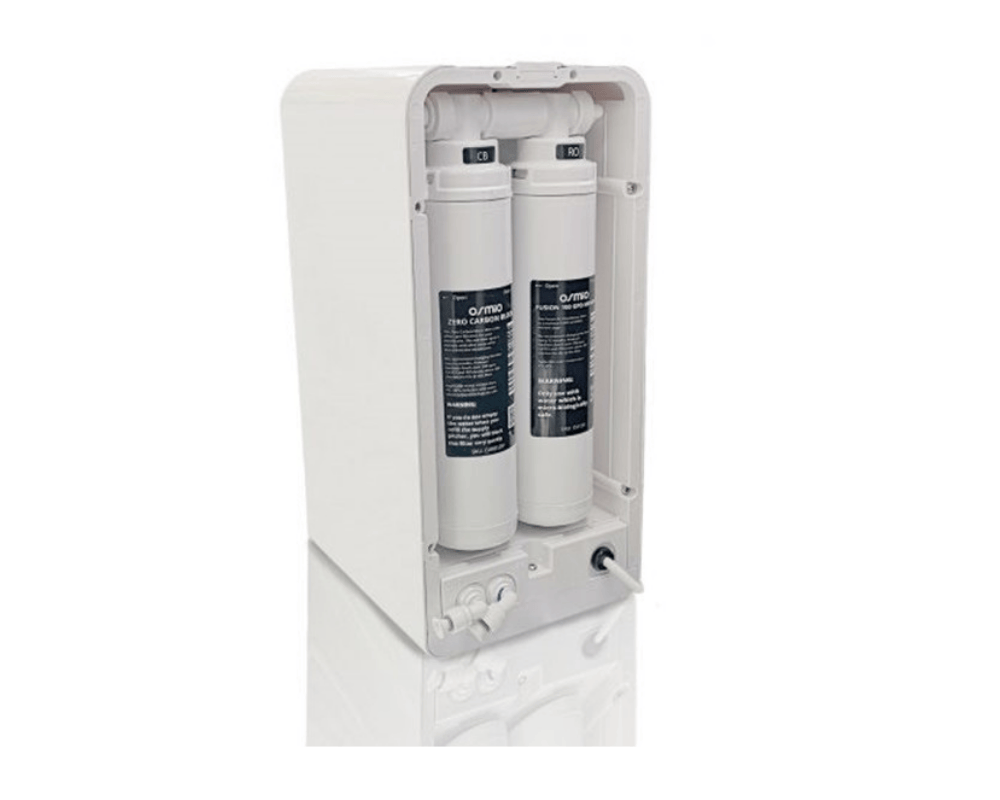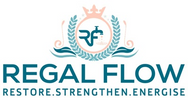
Do All Water Dispensers Need to Be Plugged In?
Ever wrestled with a water dispenser, only to realise—oops—it needs a plug? Not all do! Some use gravity or manual pumps, saving energy and cash. Whether you're eyeing an eco-friendly option or just avoiding another high electric bill, we’ll break it down—plus a cost comparison: Countertop Water Dispensers vs. bottled water !
Electric Water Dispensers: Functions Requiring Power
Electric water dispensers are all about convenience. They deliver hot and cold water instantly, offer advanced filtration, and can purify water at the push of a button. But all that tech comes with a price—they need power to function.
Hot and Cold Water Dispensers
Ever been desperate for a cuppa but couldn’t be bothered to boil the kettle? That’s where an electric water dispenser shines! It provides instant hot water for tea, coffee, or even instant noodles. On the flip side, if you love chilled water, an electric dispenser cools it down in seconds, making it perfect for hot days or post-workout hydration.
Heating Elements and Refrigeration Systems
- Heating elements: These use built-in coils to boil water in seconds, much like an electric kettle.
- Refrigeration systems: Using a system similar to a fridge, these dispensers cool water on demand, ensuring every sip is refreshingly cold.
Power Consumption and Usage
- Electric dispensers run continuously, meaning they consume power even when not in use.
- Usage varies based on insulation, dispenser size, and frequency of use—but expect them to add a bit to your electricity bill.
Electric Filtration Systems
Want cleaner, safer drinking water? Some dispensers purify water as they dispense it, but this process often requires power.
Reverse Osmosis and Other Powered Filtration
- Reverse Osmosis (RO) uses pressure to push water through a special membrane, removing heavy metals, chlorine, and other nasties.
- Since it relies on high pressure, an RO system needs electricity to function effectively.
UV Purification and Energy Requirements
- UV purification kills bacteria and viruses using ultraviolet light—great for homes with questionable tap water.
- While highly effective, UV filters need a power source, making them unsuitable for off-grid setups.
Non-Electric Alternatives: Filtration without Power
If you’re after a low-maintenance, energy-saving option, a non-electric water dispenser might be the way to go. These rely on gravity or manual pumping instead of electricity.
Basic Countertop Filtration Units
No plug? No problem! These units filter water naturally, using carbon filters and sediment traps.
Carbon and Sediment Filters
- Carbon filters: Absorb chlorine, odours, and some contaminants—leaving water fresh and clean.
- Sediment filters: Trap dirt, sand, and debris, improving water clarity.
How Non-Powered Filtration Works
- Gravity-fed systems slowly pull water through filters, requiring no external power.
- While not as fast as electric filtration, they’re reliable, eco-friendly, and cost-effective.
This Non-Electric water filter works in-line and does not require electricity https://regalflow.co.uk/products/general-ecology-seagull-iv-x2-water-purifier
Electric vs. Non-Electric: Ideal Use Cases
Your ideal dispenser depends on your lifestyle, location, and water needs.
Home and Office Applications
Both electric and non-electric dispensers serve different purposes based on convenience, budget, and necessity.
Advantages of Electric Dispensers
✔ Instant hot and cold water
✔ Advanced filtration options (RO, UV)
✔ Ideal for offices and busy households
Advantages of Non-Electric Solutions
✔ No energy costs
✔ Works during power outages
✔ Eco-friendly and low-maintenance
We have a number of Countertop Dispensers which are suitable for both home and office
Practical Considerations
Power Availability and Convenience
- If reliable electricity is available, an electric dispenser offers more features.
- In areas with frequent power cuts, a non-electric model ensures uninterrupted access to clean water.
Placement and Portability
- Electric dispensers require a fixed location near an outlet.
- Non-electric dispensers can be placed anywhere, making them great for camping, outdoor events, or emergency preparedness.
Choosing the Right System for Your Needs
Making the right choice comes down to filtration needs, lifestyle, and access to power.
Assessing Filtration Requirements
Not all water sources require high-powered filtration—understanding your water quality is key.
Importance of Source Water Quality
- If your tap water is highly contaminated, an electric RO or UV system may be necessary.
- If the water is already safe but needs minor filtration, a non-electric gravity filter works well.
Choosing Based on Lifestyle and Power Access
- Frequent travellers or off-grid homes? Non-electric options provide flexibility.
- Busy workplaces or large families? Electric dispensers offer speed and efficiency.
Final Thoughts
Not all water dispensers need to be plugged in! Electric models offer convenience with hot, cold, and advanced filtration options, while non-electric alternatives are portable, cost-effective, and eco-friendly. By assessing your power availability, filtration needs, and lifestyle, you can choose the best dispenser for clean, refreshing water—anytime, anywhere!
🤔 Unsure which product is right for your office or home? Speak with our friendly support team — real advice, no pressure. Telephone 0121 630 1130 or click the WhatsApp icon
More Countertop Water Dispenser info we think you'll love
Which is cheaper to run kettle or water dispenser?
Is it cheaper to buy water bottles or water dispenser?
Countertop Water Dispensers vs. Bottled Water
The most cost-efficient way to buy water?
How can I reduce my water bills?
Is it worth it to buy bottled water?
Do water dispensers use a lot of electricity?


Leave a comment